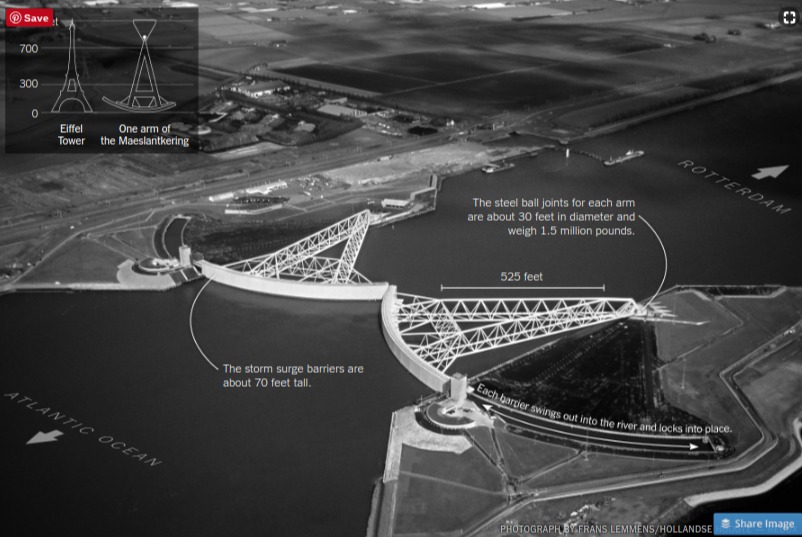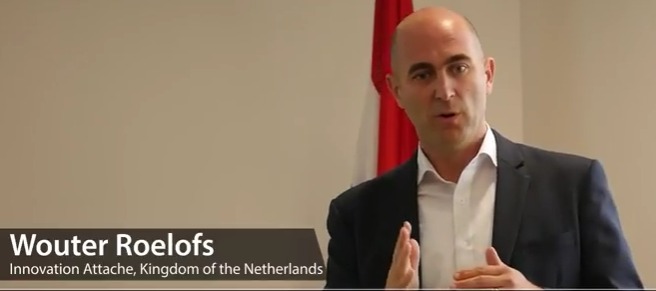There’s a reason SOCAP was chosen as the venue for the first Dutch trade mission for social entrepreneurs. The social enterprise sector in the tiny EU nation-state is booming, growing business revenues by 75 percent in the last five years to 3.5 billion euro.
The Dutch WayCollaborating Like the Dutch
Collaboration was the main takeaway – specifically among entrepreneurs, which was key to building connections, and among universities, government, financial institutions and market-makers. The Dutch emphasized that local governments and cities often face the same social problems as its entrepreneurs do.

Dutch pragmatism was the other takeaway – specifically the ability to translate ideas and visions into concrete actions, keeping the focus on measurable social impact while doing away with often unnecessary ideology and politics.
One Example – Stemming Floods the Dutch Way
Few people outside of the European continent may be aware that the Netherlands is, geographically, Europe’s gutter. Waters from the continent’s various rivers, streams and snow peaks like the Alps find their way to the canals of Amsterdam and the Netherlands.
Consequently, the topic of climate change and seas rising is not far from Dutch minds, but they see it not as a threat but as an opportunity. While the Trump administration is, for example, withdrawing from the Paris accord and witnessing hurricane disasters in Houston, Puerto Rico and Florida this year really because of its decades-old and unresilient infrastructure, the Dutch have learned to live with water, rather than struggling to win against it.
The Dutch have built dikes of course, but they now also have the Maeslantkering, a giant flood gate, against possible storm surges from the North Sea. They have dammed waterways, fortified towns, streets and parks against floods. Knowing how to swim has been made mandatory in schools.

“We are an example of what you can do if you connect storm-water management with social welfare and neighborhood improvements,” Paul van Roosmalen, who oversees rooftop development in the Netherlands, has said. “It’s what we mean here in Rotterdam by ‘resilience planning.’”
Read Some More
Lessons from the Dutch Social Impact Boom, SOCAP October 2017
The Dutch Have Solutions to Rising Seas, New York Times, June 2017
The Dutch Have Up to 5,000 Social Enterprises, Dutch News, July 2017








